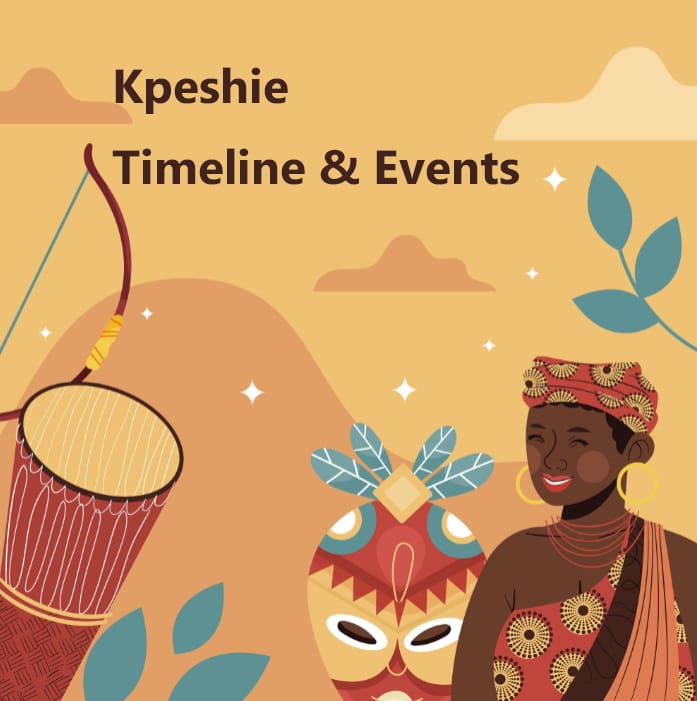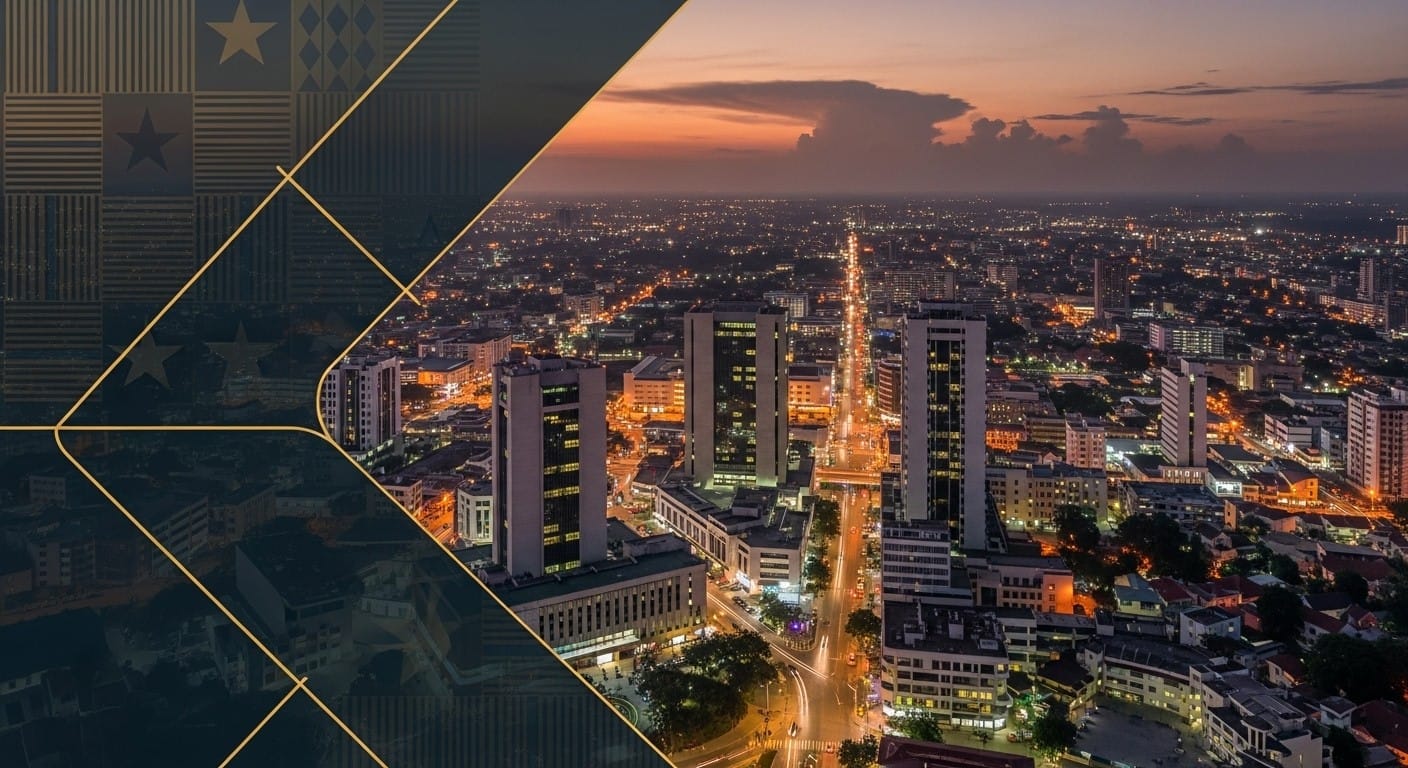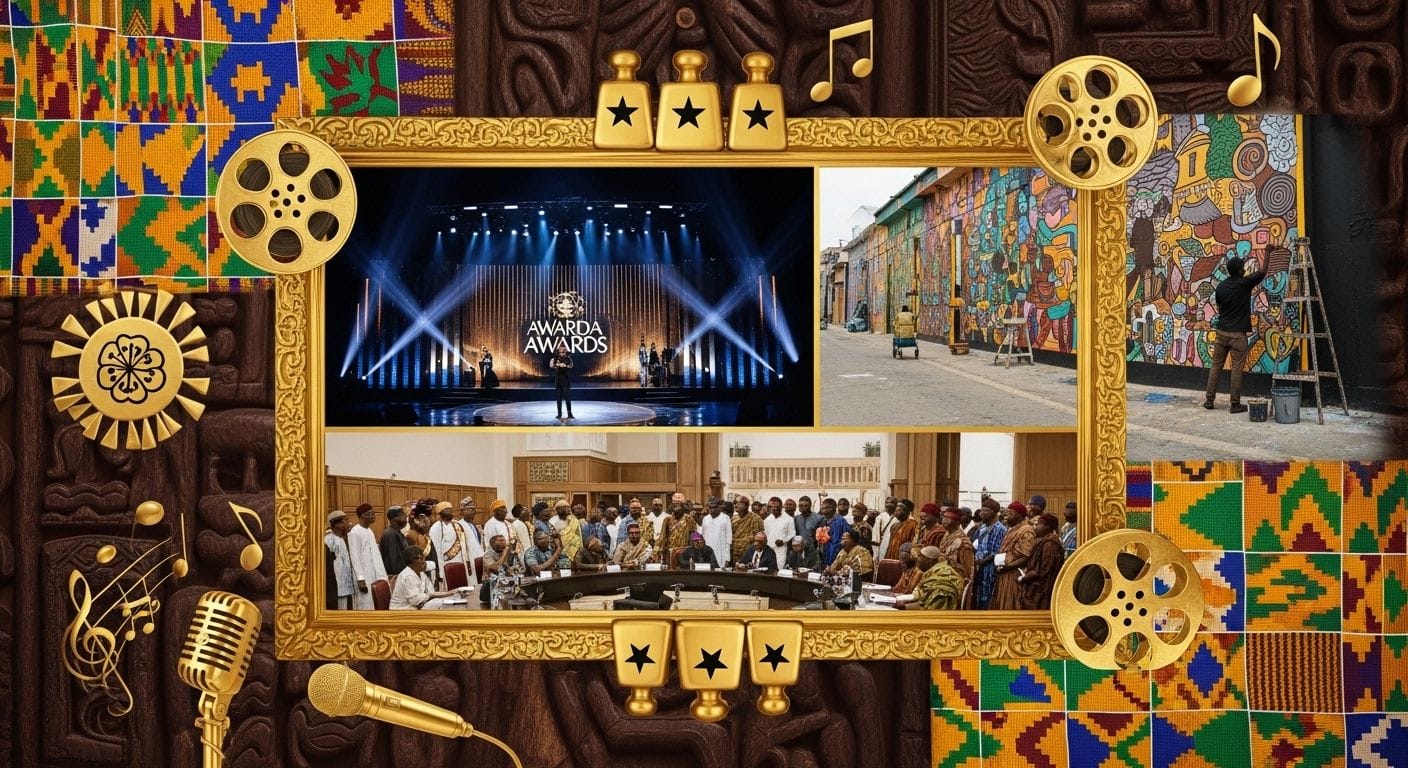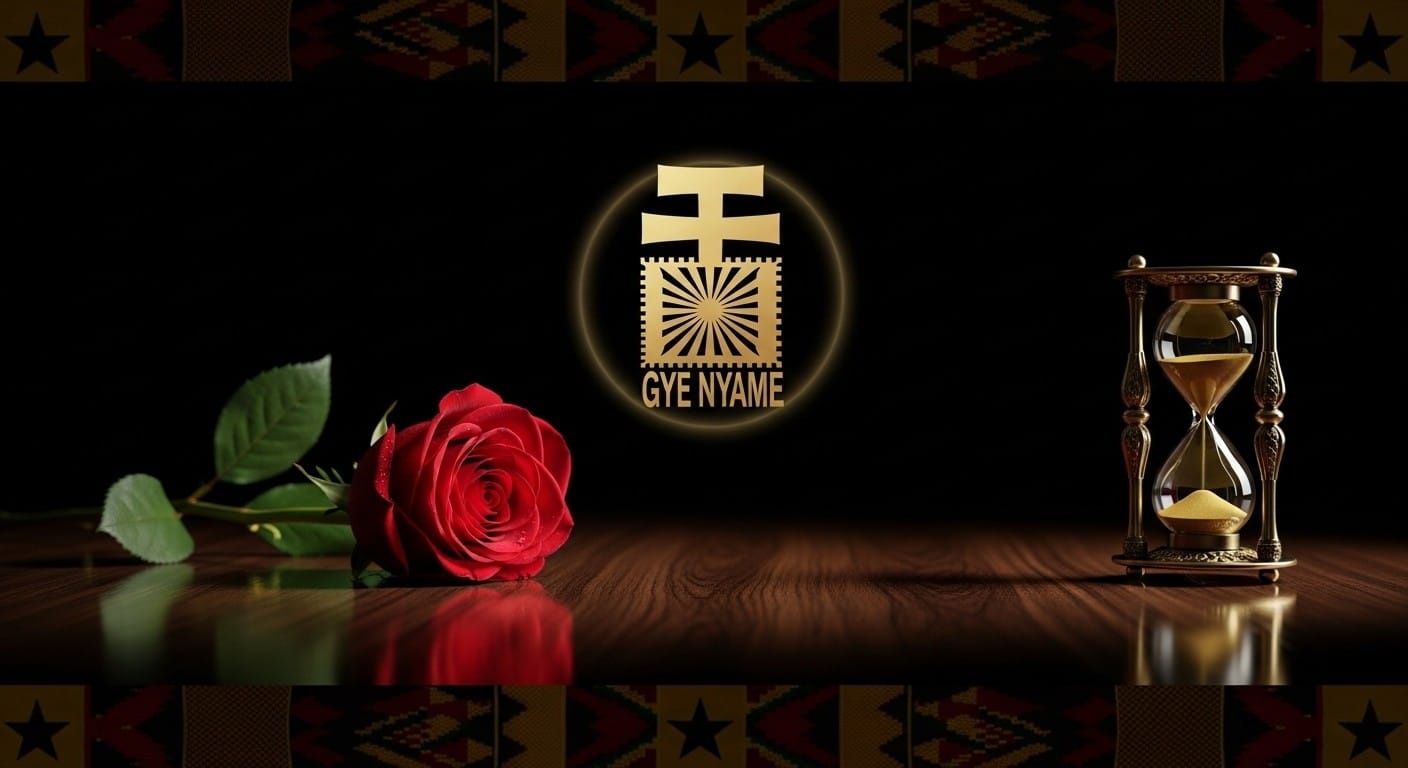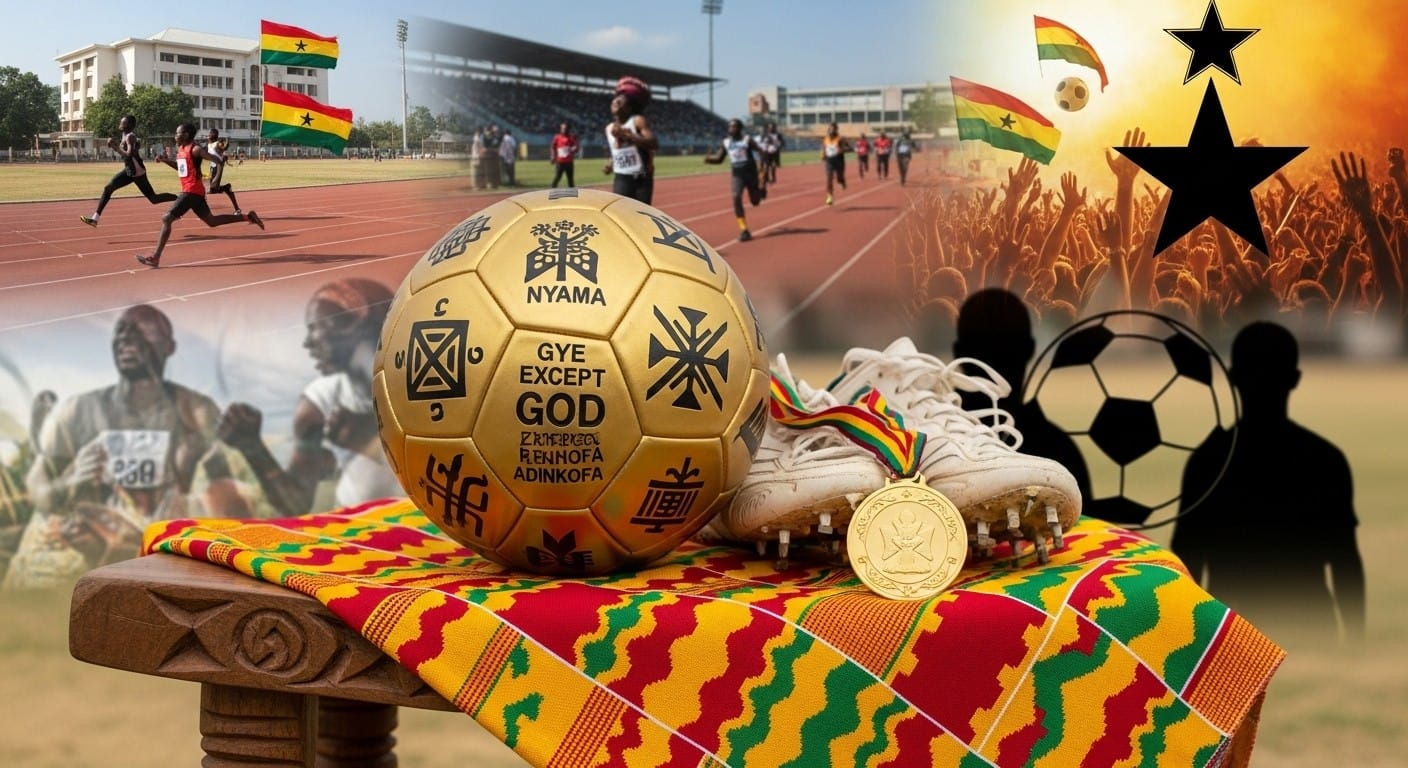Kpeshie is a small town located in the Greater Accra Region Region of Ghana. It is famous for having a rich cultural legacy and a lengthy and distinguished history. To better comprehend Kpeshie’s history and culture, we will explore its beginnings, key historical events, and cultural practices in this article.
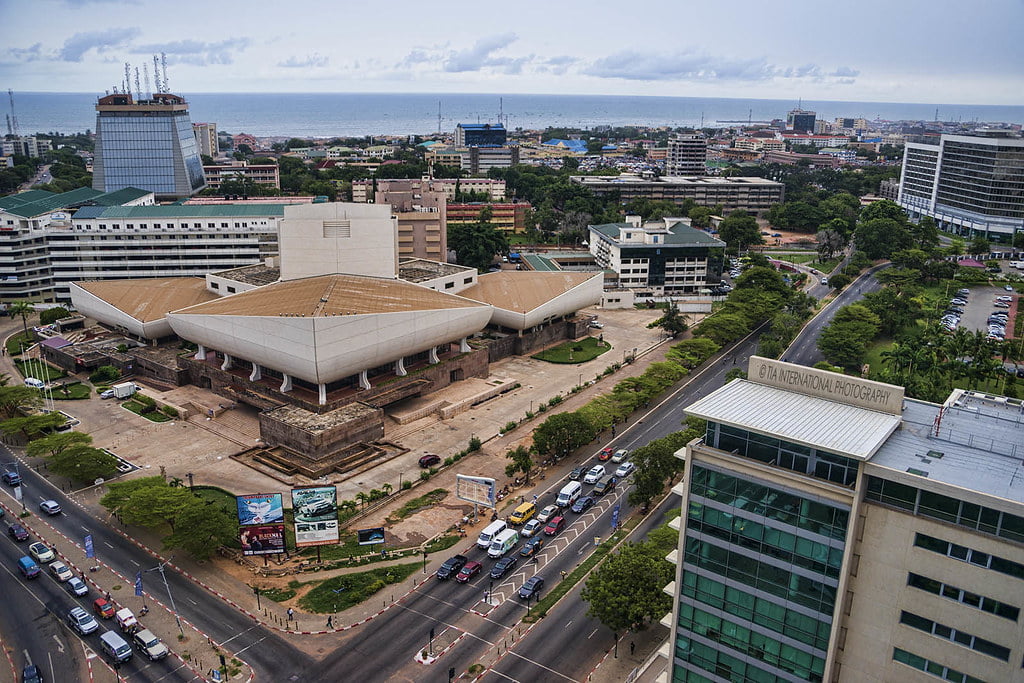
Origins of Kpeshie
The origins of Kpeshie can be traced back to the Ga people, who are believed to have migrated from present-day Togo in the 16th century. The Ga people settled in various parts of present-day Ghana, including the Accra plains, where they established several communities. Kpeshie was one of these communities, and it was founded by the Ga people in the 17th century.
Podcast
Download PDF documents about Kpeshie
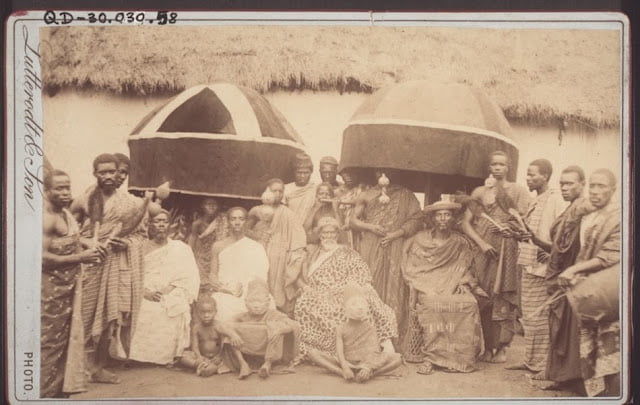
Key Historical Events
Kpeshie has a rich history, and several key events have shaped its development over the centuries. One significant event was the introduction of Europeans in the 15th century. The Portuguese were the first Europeans to arrive in Ghana, and they established trade relations with the Ga people, exchanging European goods for gold and ivory.
The Dutch built Ussher Fort close to Accra in the 17th century, and they used it to regulate the slave trade there. It was built by the Dutch in 1649 as Fort Crèvecœur, and is a two day’s march from Elmina and to the east of Accra on a rocky point between two lagoons. And it was located in present-day Osu, which is adjacent to Kpeshie.
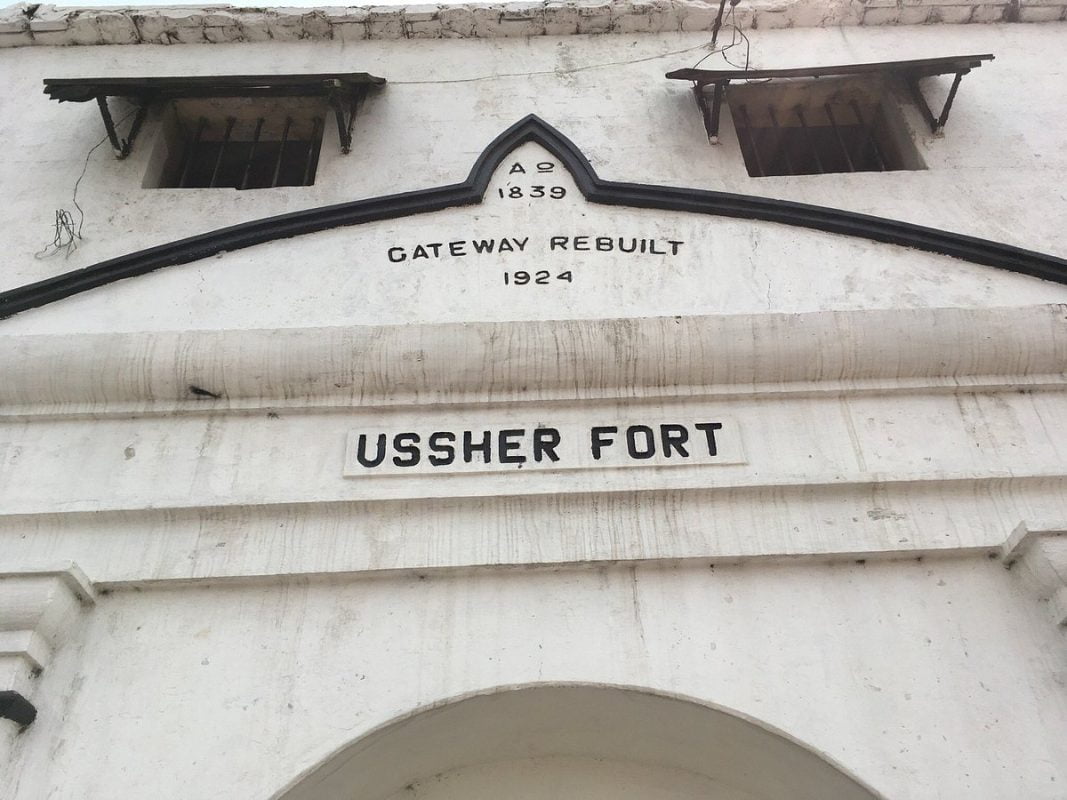
The presence of Europeans in the region led to the development of several trading posts, including Kpeshie, which served as a hub for trade in the region.
During the colonial period, Kpeshie was incorporated into the Gold Coast colony colony by the British administration. Because it served as a hub of commerce and trade, the town was critical to the colony’s development. Today, Kpeshie is one of the vibrant towns with a rich history and culture in Ghana.
List of Festivals Celebrated by the Ga People
The Ga-Dangme people of Kpeshie celebrate several festivals throughout the year, each with its unique cultural significance. While specific festival dates may vary from year to year, here are some of the major festivals celebrated by the Kpeshie people:
- Homowo Festival: This festival is celebrated by the Ga-Dangme people to mark the end of the hunger period. It usually falls in the months of August and September. During Homowo, people commemorate their ancestors, offer food to the gods, and participate in colorful processions.
- Ngmayem Festival: Ngmayem, also known as the Harvest Festival, is celebrated to thank the gods for a successful harvest. It typically takes place in the months of March and April. The festival involves rituals, dancing, feasting, and showcasing traditional attire.
- Kpledjoo Festival: Celebrated in December, the Kpledjoo Festival is a time of reflection and renewal. It involves cleansing rituals, prayers, and cultural performances. It is also an occasion for the Ga-Dangme people to connect with their roots and reaffirm their identity.
- Gbiɛ Festival: The Gbiɛ Festival, also called the Asafotufiam Festival, is celebrated by the Ga-Dangme people to honor their warriors. The festival involves military displays, firing of muskets, and cultural exhibitions. It usually takes place in August.
- Tejoo Festival: Tejoo is celebrated to honor the deities of the sea. The festival involves rituals performed on the beaches, including offerings to the sea gods. It takes place in the months of May and June.
- Akplekɛ Festival: This festival is dedicated to the youth and the Ga-Dangme language. It includes cultural displays, traditional music, and dancing. Akplekɛ is celebrated in the months of October and November.
Cultural Traditions and More on the Homowo Festival
Kpeshie has a rich cultural heritage, which is expressed through its traditional festivals, music, and dance. One of the most important festivals in the town is the Homowo Festival. Homowo is celebrated by the Ga people, this festival is held in August every year. During the peak of the festival, there is a sprinkling of “kpoikpoi,” a traditional dish made from maize, on the ground to signify the beginning of the new yam season.
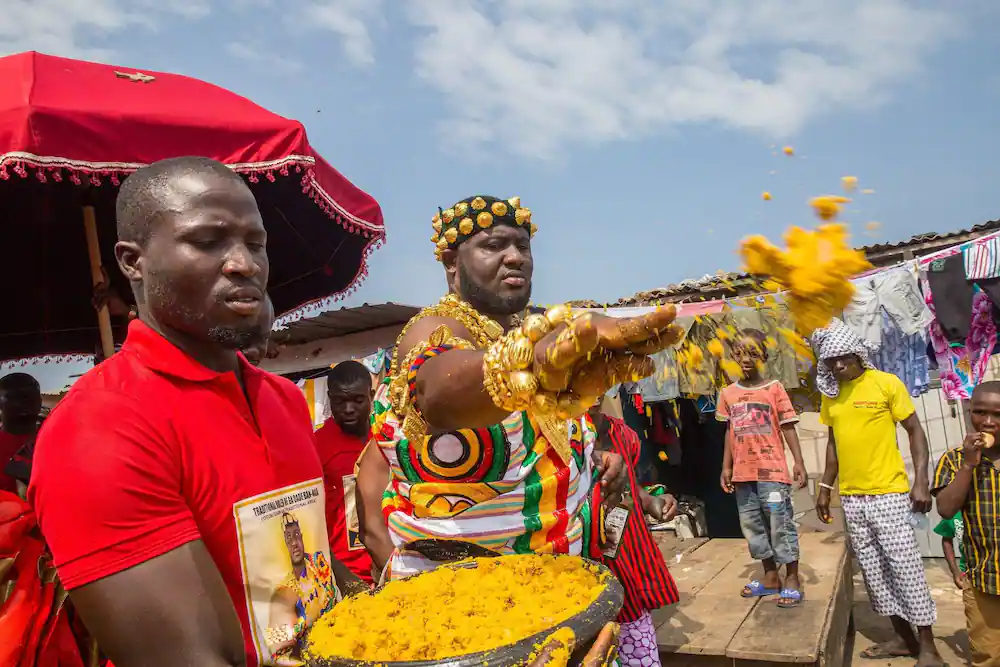
Here’s a list of events during the Homowo Festival with approximate dates:
- “Lifting Up”
- Description: Ritual of lifting up food to signify the end of hunger.
- Approximate Date: July
- Sowing of Maize
- Description: Marks the beginning of the planting season and agricultural event.
- Approximate Date: May
- Cooking of Kpokpoi
- Description: Traditional dish cooked and shared among community members.
- Approximate Date: August
- Sprinkling of Kpokpoi
- Description: Kpokpoi is sprinkled on doorsteps and around homes for good fortune.
- Approximate Date: August
- Processions
- Description: Colorful processions with music, dancing, and chanting.
- Approximate Date: August
- Drumming and Dancing
- Description: Cultural performances integral to the festival.
- Approximate Date: August
- Ancestral Offerings
- Description: Food and libations offered to honor ancestors.
- Approximate Date: August
- “Defeating the Hunger” Event
- Description: Symbolically defeating hunger by consuming Kpokpoi and palm nut soup.
- Approximate Date: August
- Traditional Attire Display
- Description: Showcasing cultural identity through traditional clothing.
- Approximate Date: August
- Chieftaincy Activities
- Description: Chiefs and elders participate in ceremonial aspects.
- Approximate Date: Throughout the festival
- Ceremonial Speeches
- Description: Community leaders address the gathering with messages of unity and cultural pride.
- Approximate Date: Throughout the festival
Please note that the Homowo Festival dates may vary slightly each year due to factors such as the lunar calendar and local customs. It’s recommended to check with local sources for the most accurate and up-to-date information regarding specific festival dates.
Another important aspect of Kpeshie’s cultural heritage is its music and dance. Folk drumming from the area is popular and is demonstrated at festivals and other Traditional festivals. Men and women both do traditional dances to go along with the drumming.
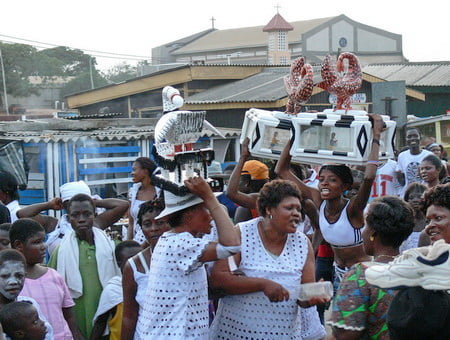
In a nut shell, Kpeshie is a small town in Ghana with a rich history and culture.The Ga people founded it in the seventeenth century, marking the start of its history. During the colonial era, the town, which is now an important hub for trade and business in the area, was critical to the Gold Coast colony’s expansion.. Kpeshie’s cultural heritage is expressed through its traditional festivals, music, and dance, which are celebrated by its residents.

